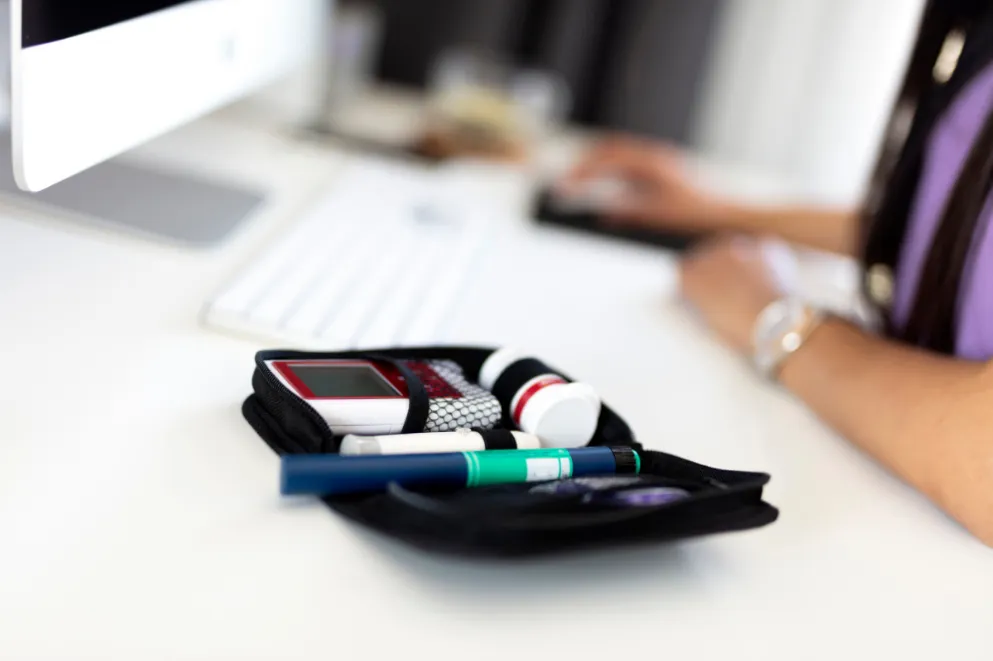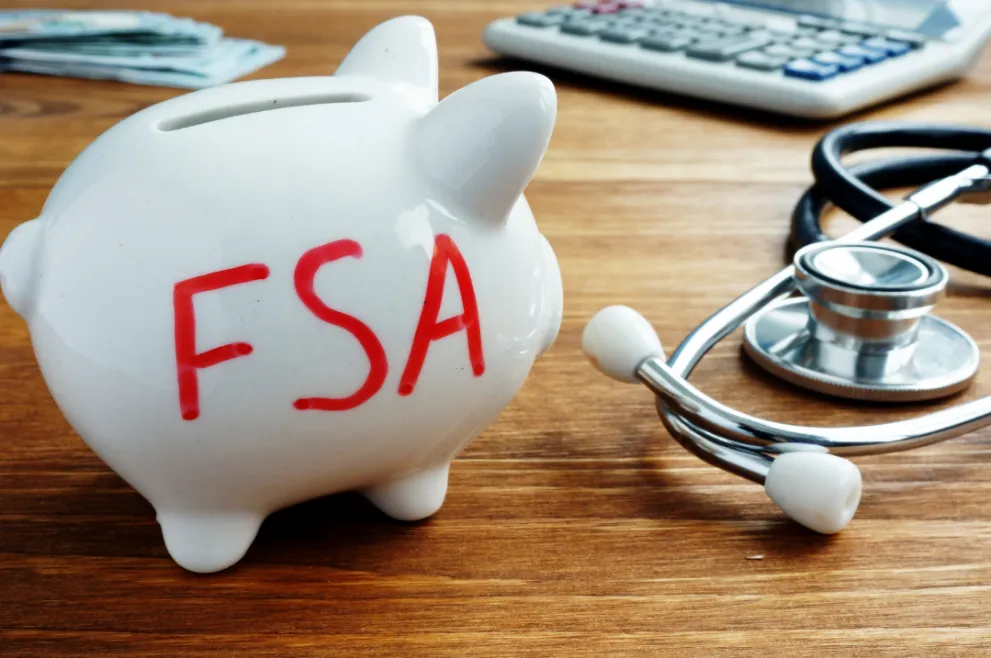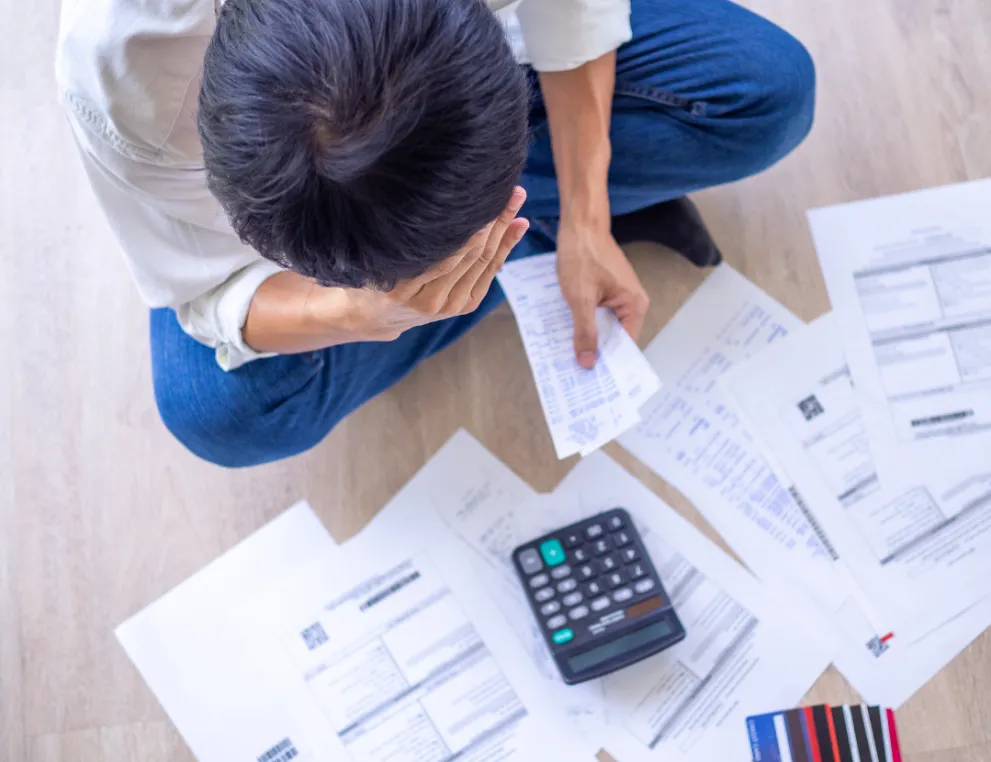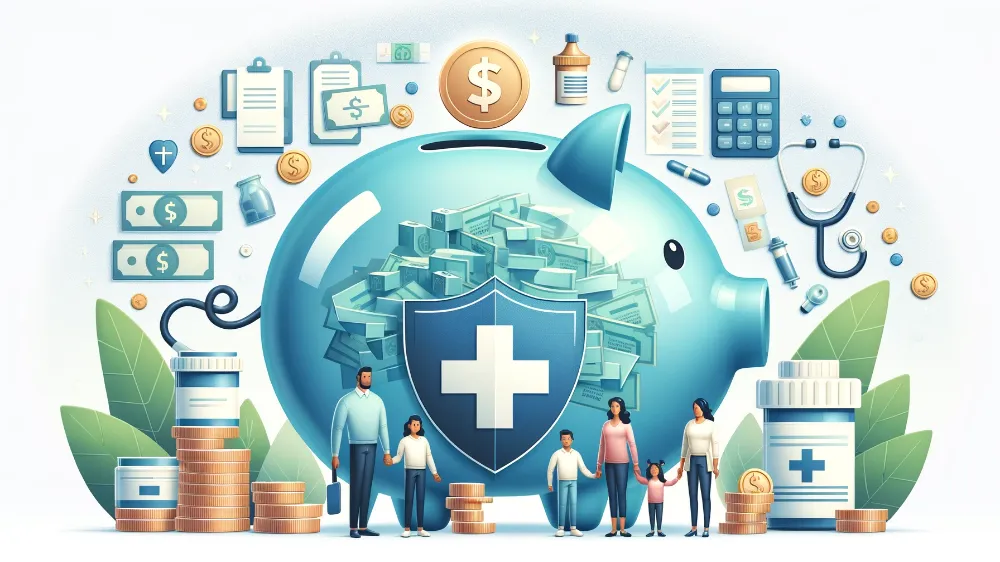Comparing the Cost: Brand-Name Vs. Generics
Insulin is no ordinary medication - it has five main types, and a few less common ones, making its pricing a complex matter. The FDA assures us that generics have the same active ingredients and work similarly to brand-name medications. Yet, insulin, being complex and costly to reproduce, might not show a significant price difference between its brand-name and generic versions. In fact, the production cost of biosimilar insulin often matches that of a new drug.
When choosing between brand-name or generic insulin, your best bet is to have a chat with your doctor or pharmacist. Good news is, there are quite a few generic alternatives to brand-name insulin products available.
A Peek into the World of Insulin Types and Brands
Let's have a quick look at different insulin types and their brands:
- Rapid-acting insulin: It kicks in super quick (15 minutes or less), peaks in action within 30 and 90 minutes, and lasts 2-4 hours. Brands include insulin aspart (NovoLog), insulin glulisine (Apidra), and insulin lispro (Humalog).
- Short-acting insulin: Starts working in 30-60 minutes, peaks in 2-4 hours, and stays effective for 5-8 hours. For example, insulin regular (Novolin R).
- Intermediate-acting insulin: Gets going in 1-3 hours, maxes out in 8 hours, and lasts 12-16 hours. Check out NPH (Novolin N).
- Long-acting insulin: Regulates blood sugar over a day. Brands like insulin detemir (Levemir), insulin glargine (Lantus), and insulin glargine (Basaglar) belong to this category.
- Ultra long-acting insulin: Less common, this type takes 6 hours to start working and lasts 36 hours or more. insulin degludec (Tresiba), insulin glargine U300 (Toujeo) are examples.
- Combination/premixed insulin: This blend is helpful for those with poor eyesight or palsy issues. Examples include Humulin 70/30, and Novolin 70/30.
There's also the less common inhaled insulin (e.g., Afrezza).
How to Curb Insulin Costs
Regardless of whether you have insurance, there are ways to save on insulin. For insured individuals, review your plan carefully to check for insulin coverage. Your healthcare provider can also assist by submitting a prior authorization request if required.
For those without insurance, you can still secure insulin at a lower cost or even free! Try RxLess savings coupons or reach out to community health centers for affordable insulin access.
















